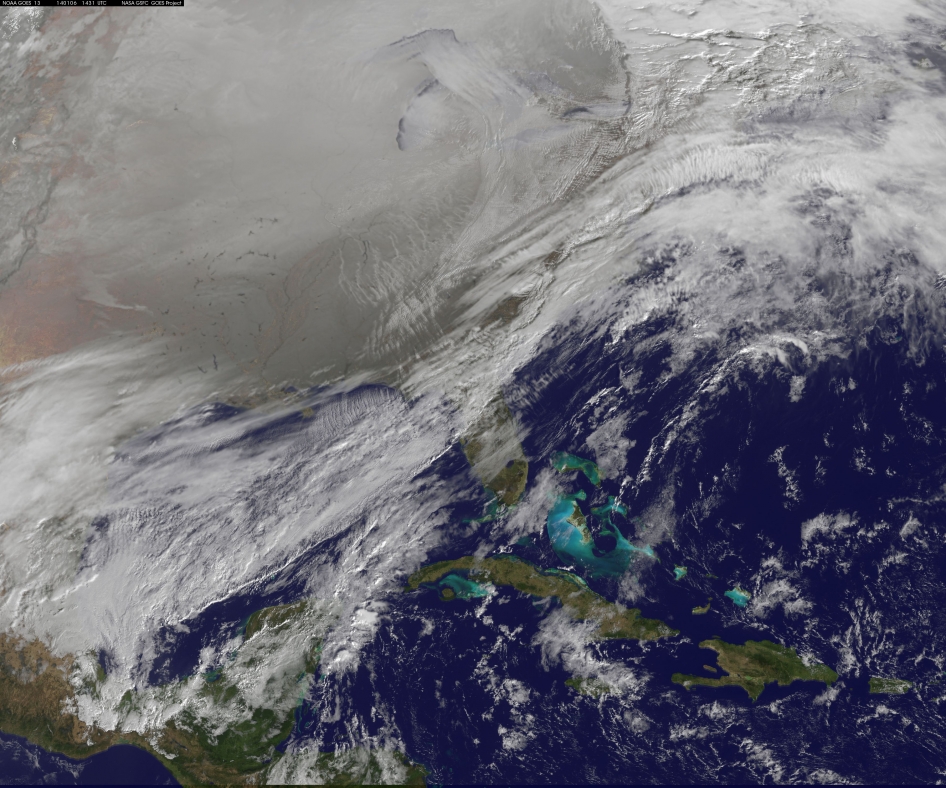Polar Vortex: Can a Person Freeze to Death?

With the polar vortex barreling down from the Arctic, bringing frigid air and record-setting cold temperatures across much of the U.S., the health risks of exposure to cold are real.
A number of record lows for this date were set today (Jan. 7) in eastern U.S. cities, including 3 degrees Fahrenheit (minus 16 degrees Celsius) in Newark, N.J., 4 F (15 C) in New York City's Central Park, and minus 9 F (minus 23 C) in Pittsburgh, according to the National Weather Service. Monday saw a record low of minus 16 F (minus 27 C) at Chicago's O'Hare International Airport, and also record lows in other Midwest cities.
The most common health problems linked to cold weather are hypothermia and frostbite, according to the Centers for Disease Control and Prevention. Frostbite occurs when parts of the body begin to freeze, bringing on a loss of feeling and a change in the color of the skin, with the most vulnerable body parts being fingers, toes, tip of the nose and earlobes.
The length of time before frostbite hits varies depending on temperature and wind speed (wind whisks heat away from the body faster than calm air). For instance, on a 5-degree-F (minus-15-degree-C) day, with windchill reaching minus 19 F (minus 28 C), it would take 30 minutes for frostbite to take hold, compared with 10 minutes on a day with temperatures dipping to minus 10 F (minus 23 C) and a windchill of minus 37 F (minus 38 C), according to the National Weather Service.
When hypothermia sets in, the body loses heat faster than it can be produced, causing the core temperature to drop. [Photos: The 8 Coldest Places on Earth]
Normal core body temperature is 98.6 F (37 C), and mild hypothermia sets in when it drops to about 95 F (35 C).
After that, "as you start dropping [in temperature], bad things happen," saidMichael Sawka, chief of the Thermal & Mountain Medicine Division at U.S. Army Research Institute of Environmental Medicine (USARIEM), in an interview with LiveScience in 2010.
Get the world’s most fascinating discoveries delivered straight to your inbox.
At a core temperature of 91 F (33 C), a person can experience amnesia; at 82 F (28 C) they can lose consciousness, and below 70 F (21 C), a person is said to have profound hypothermia, and death can occur, Sawka said.
In other words, death strikes long before the body actually freezes.
The record for the lowest body temperature at which an adult has been known to survive is 56.7 F (14 C), which occurred after the person was submerged in cold, icy water for quite some time, John Castellani, also of USARIEM, said in 2010 interview.
Rachael Rettner contributed reporting to this article.
Follow Karen Rowan on twitter @karenjrowan. Follow us @livescience, Facebook & Google+. Original article on LiveScience.



